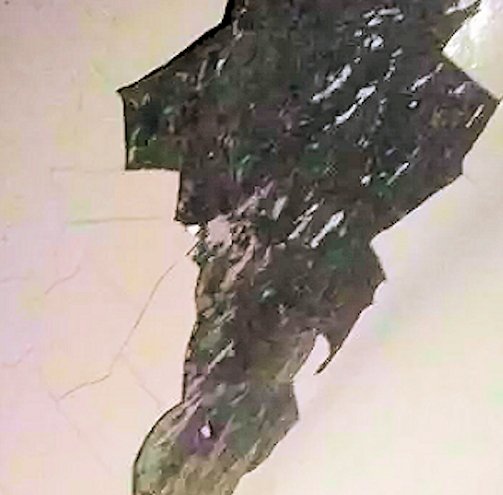Vehicle Paint Adhesion

This section covers poor paint adhesion prevention and causes, of peeling, flaking and poor adhesion when paint spraying Vehicle.
Guide
Note: The only fail safe repair method of repairing a paint job which shows signs of poor adhesion is to remove the old finish and repaint.
Cause
1 Presence of any foreign material on surface prior to painting, such as wax, grease, silicones, oil, water, rust, solder flux and soap. (These foreign substances may come from many sources including waxes and polishes, compounds, detergents, compressed airline, hands, petrol, reducers and atmosphere.)
2 Use of wrong primer for the metal.
3 Improper use of, or no use of, metal pretreatment and rust remover on steel, aluminium or fibreglass.
4 Use of cheap thinner, insufficient thinner, or too high air pressure for primer.
5 Recoating of primer—surfacer without allowing sufficient time for primer to dry.
6 Insufficient flatting of surface before painting.
7 Application of coating to surface which is too hot or too cold.
8 Films too thick.
Prevention
1 Before starting metal work, wash area thoroughly with metal pretreatment and rust remover.
2 Neutralize solder flux with ammonia or baking soda solution, followed by weak vinegar solution and water rinse.
3 Wet flat or dry flat old finish thoroughly. Dry sand metal area.
4 Wipe entire area with a wax and grease remover.
5 Use metal pretreatment and rust remover on bare metal.
6 Dry surface with clean rags or chamois,and compressed air.
7 Prime bare metal areas within 30 minutes to prevent start of rusting.
8 Paint material, surface, and room should be at relatively equal temperatures, preferably between 16 and 24 °c.
9 Follow directions as to type and amount of thinner and air pressure.
